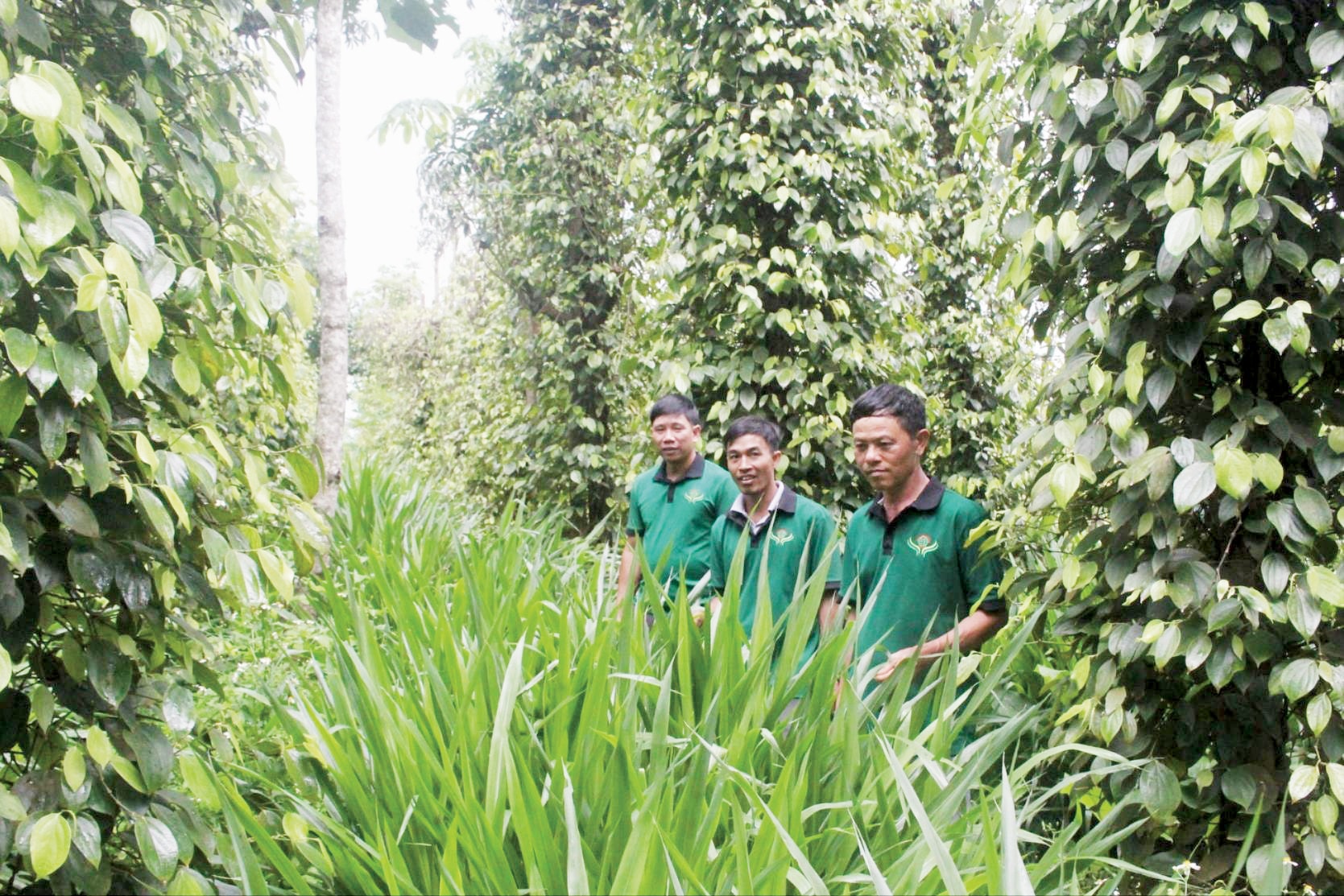
Quality assurance
Pepper is currently grown in more than 70 countries, with a total area of about 670,000 hectares, producing 558,000 tons per year. Among them, Vietnam is the world's leading power in pepper production and export.
By the end of 2024, Vietnam will have about 110,500 hectares of pepper, mainly concentrated in the Central Highlands and Southeast, with an output of about 200,000 tons, accounting for 35% of output and nearly 55% of global pepper export turnover.
It is worth noting that although the pepper acreage is not large compared to other crops such as coffee, rubber, cashew, etc., its economic value is outstanding. In 2024, Vietnam's pepper export turnover reached 1.32 billion USD - an impressive figure likened to "black gold", reflecting the special role of this plant in agricultural exports.
Faced with the pressures of climate change, disease and production costs, the Ministry of Agriculture and Environment has developed a project for sustainable pepper development by 2030. Accordingly, the area will be adjusted to 80,000 - 100,000 hectares, but focusing on improving productivity to about 25 quintals/ha, quality and traceability. The project's goal is that by 2030, at least 40% of pepper areas will meet GAP standards or equivalent and about 50% of the area will be granted a growing area code.
In the context of climate change, rising input costs and increasingly stringent technical barriers from export markets, the Vietnamese pepper industry is facing a major turning point: shifting from mass production to sustainable, high-quality development.
In that process, Lam Dong province is proving to be a bright spot with its strategy of developing clean pepper, in line with international standards and protecting the ecological environment. Lam Dong is prioritizing the application of VietGAP, GlobalGAP, and organic standards.
Clean pepper capital
Currently, Lam Dong has about 36,000 hectares of pepper, leading the country in this crop area. Lam Dong is also a region with favorable climate and soil conditions, especially red basalt soil, suitable for growing high-quality pepper.
The province has about 30 pepper production facilities according to certified standards, with an area of over 3,100 hectares. The province recognized 2 high-tech pepper production areas in Thuan Hanh commune with a total area of over 1,549 hectares.
In these two high-tech pepper growing areas, people produce, cooperate and have their products consumed according to organic and Rainforest standards, and are certified with the collective brand name Dak Song Pepper and Geographical Indication of Dak Nong Pepper.
With the above advantages, since the beginning of 2025, the Vietnam Pepper and Spice Association (VPSA) has coordinated with export enterprises to organize training courses on clean pepper production for people, groups, cooperatives and purchasing enterprises in Lam Dong. The overall goal is to ensure high-quality pepper products, qualified to penetrate demanding markets such as the EU, US, Japan and maintain the Vietnamese pepper brand in the international market.
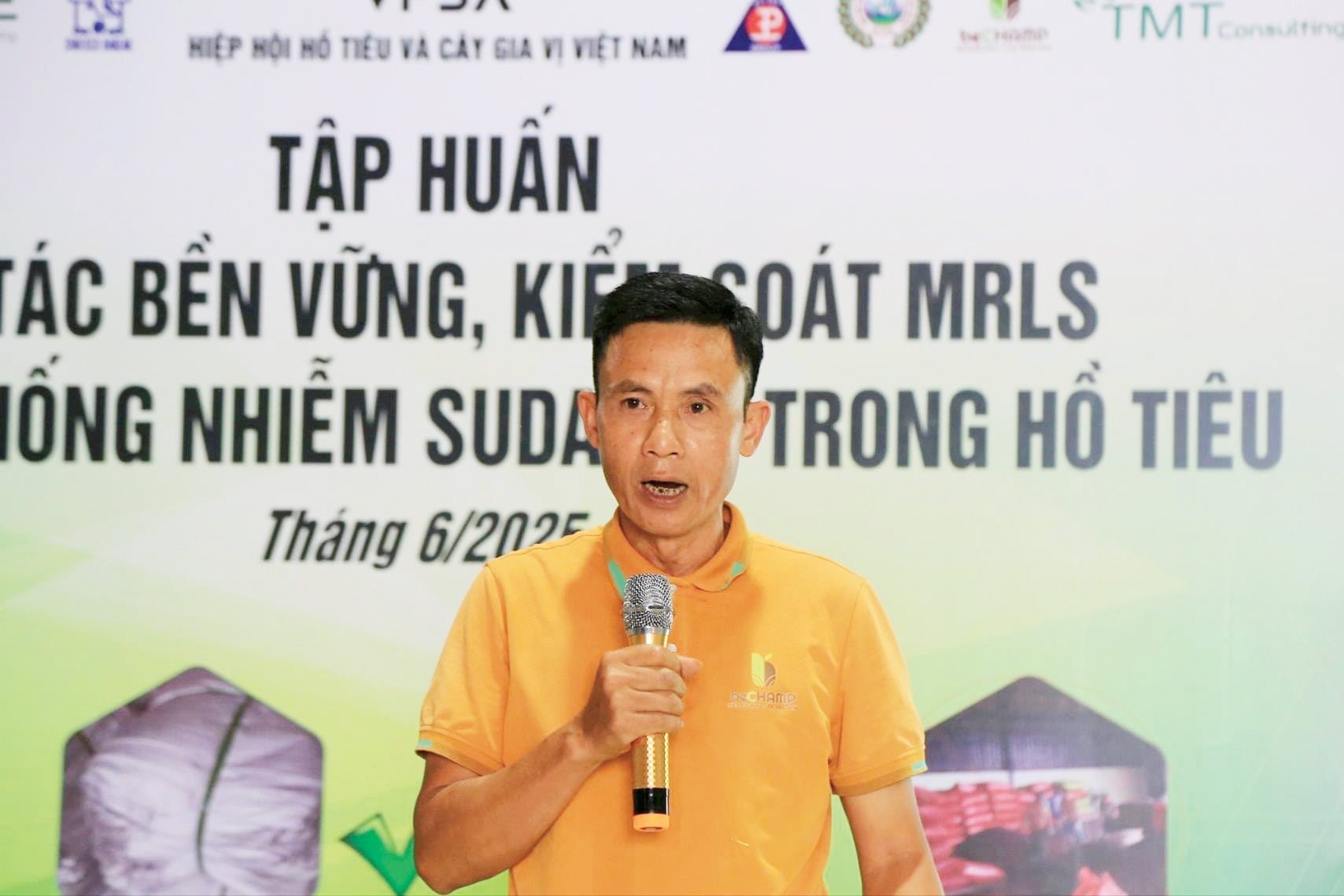
Mr. Ha Cong Xa - Director of Bechamp Dak Nong Organic Agricultural Cooperative, Truong Xuan commune, said that in early June, VPSA trained 100 farmers in the area.
The training content focuses on sustainable farming according to GAP and organic standards; controlling pesticide residues (MRLs), avoiding red sudan contamination; techniques for harvesting, drying and preserving pepper to minimize impurities and harmful microorganisms; identifying risks from traditional items such as packaging and tarpaulins that can cause exposure to toxic substances...
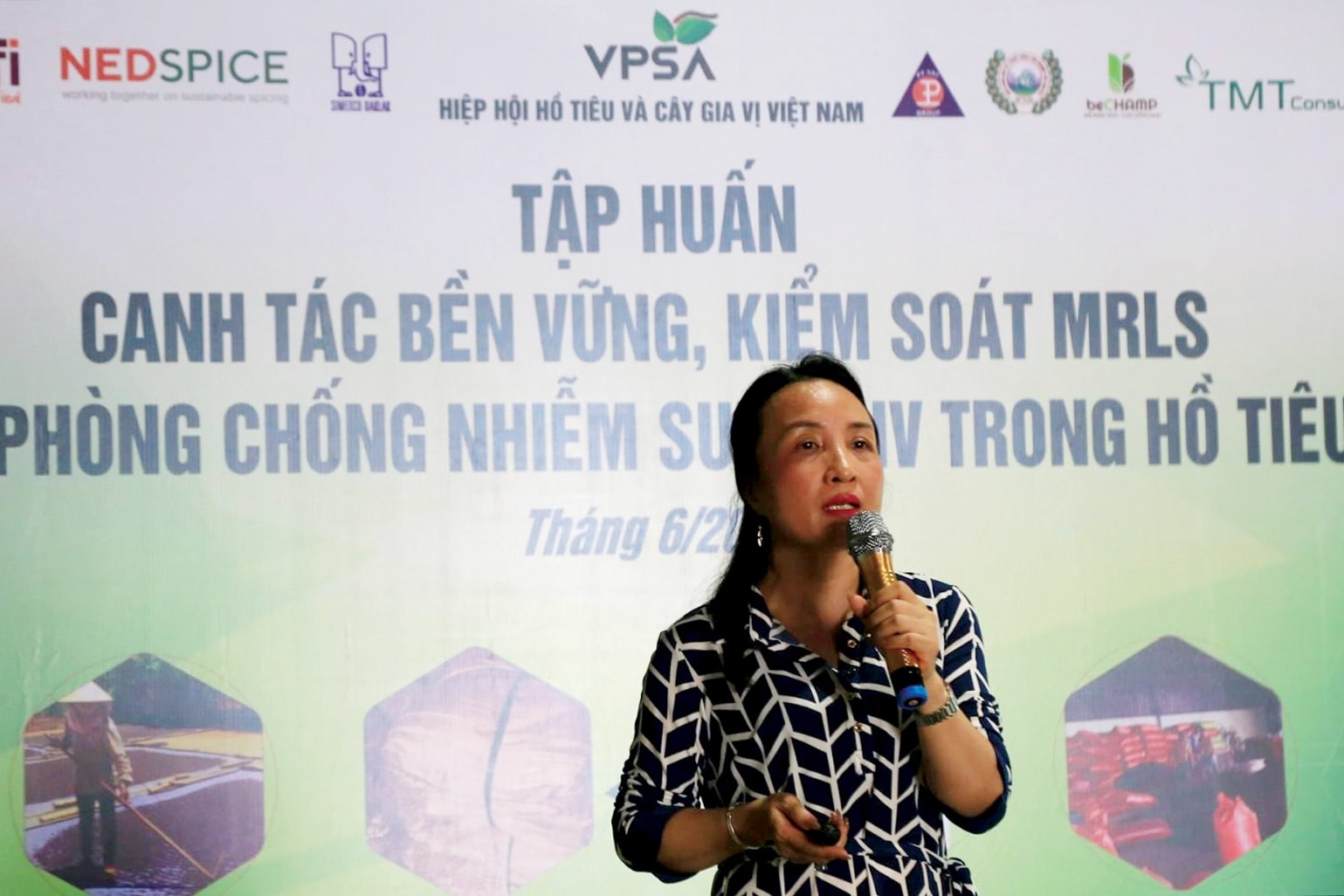
According to Ms. Hoang Thi Lien - President of VPSA, one of the biggest risks today comes from the process of pepper cultivation and post-harvest, preservation and consumption. Ms. Lien recommends that pepper growers need to be proactive in preserving the product. If they do not need to sell immediately, farmers should keep pepper in a clean, cool place to avoid contamination.
Farmers do not sign contracts with agents if the contract is not clear to avoid risks in price and product quality. People need to take advantage of the current market opportunity, when pepper prices are high, to maximize profits and compensate for previous periods of low prices, including 2018 - 2020.
Mr. Nguyen Dinh Quyet, a partner of Bechamp Dak Nong Cooperative, said: “In fact, in our research, we found that weeds are “gold” to maintain biodiversity. If people use herbicides, they will lose that amount of organic fertilizer. With the characteristics of bauxite soil like Lam Dong, leaving weeds and then cutting them will help pepper plants prevent pests and diseases and make very good fertilizer.”
Mr. Quyet shared that using biological fertilizers, shade trees and protecting natural vegetation cover will help pepper plants grow well, have fewer pests and diseases and produce higher quality products than traditional chemical farming.
Professional agencies also play an important role in guiding the proper use of pesticides, with more than 25 types of pesticides, 29 fungicide active ingredients and biological products recommended.
In particular, testing export pepper samples before releasing them to the market is an important step to ensure food quality and safety.
In the context of global pepper output forecast to continue to decline by 2025, Vietnam has the opportunity to consolidate its position on the export map if it can take advantage of its advantages in quality, reputation and clean products. Large enterprises are aiming to invest in processing plants and build local organic raw material areas, creating strong momentum for the clean pepper value chain.
Lam Dong is on the right track in developing clean pepper not only to maintain output but more importantly to create sustainable value, be environmentally friendly and in line with international integration requirements.
Source: https://baolamdong.vn/lam-dong-va-muc-tieu-phat-trien-san-pham-ho-tieu-toan-cau-381762.html




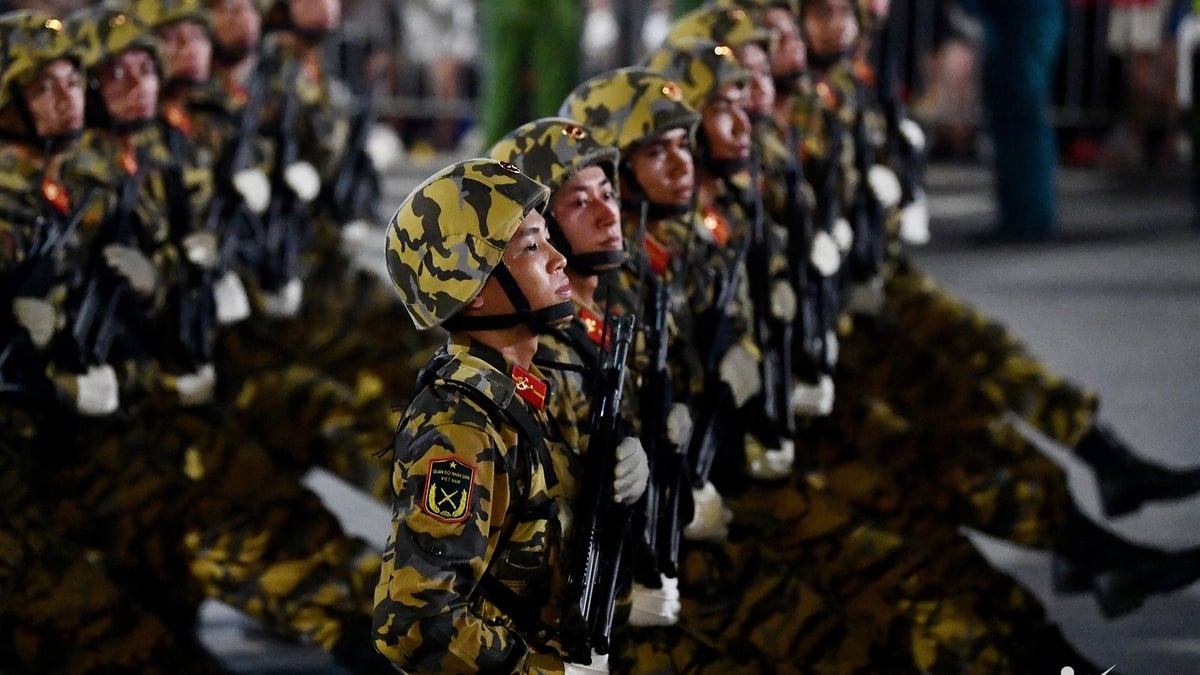
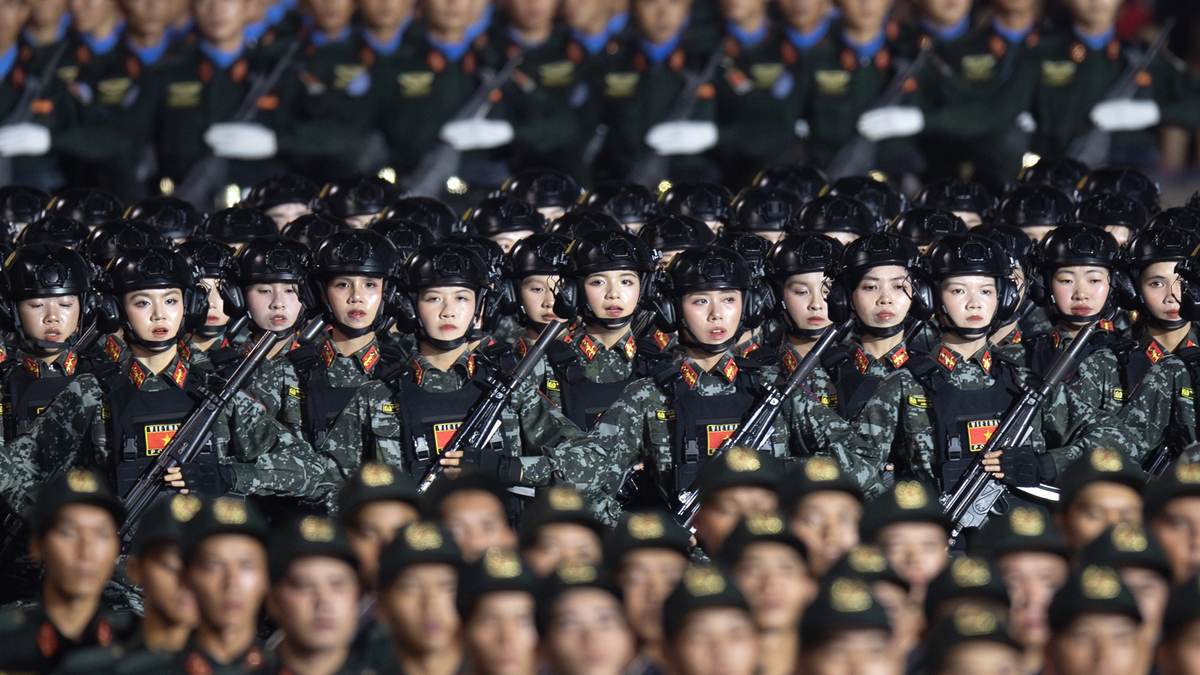

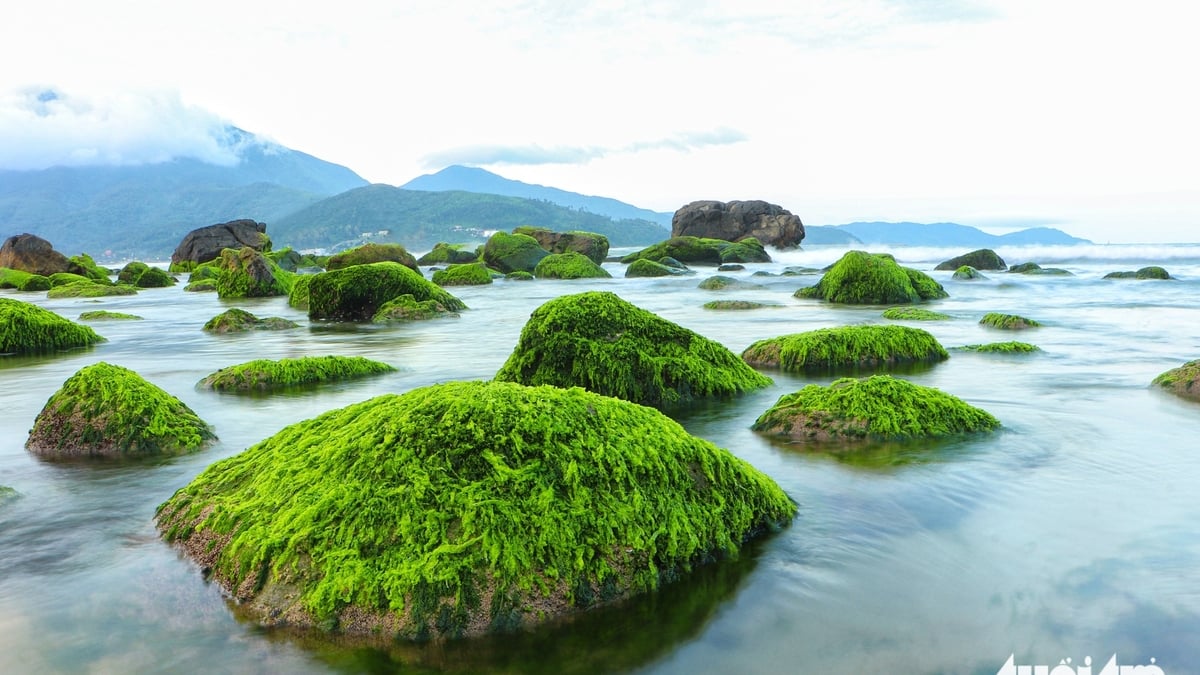
![[Photo] Images of the State-level preliminary rehearsal of the military parade at Ba Dinh Square](https://vphoto.vietnam.vn/thumb/1200x675/vietnam/resource/IMAGE/2025/8/27/807e4479c81f408ca16b916ba381b667)




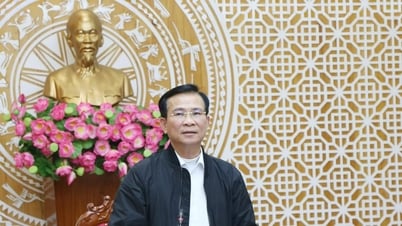


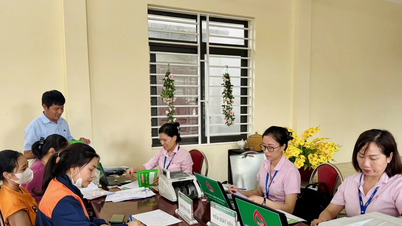





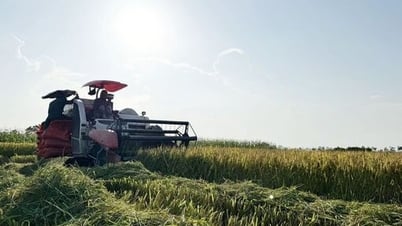

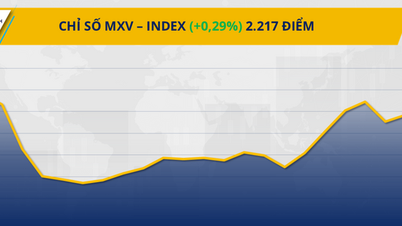

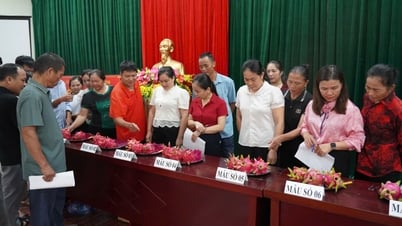





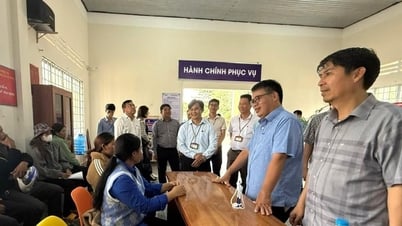
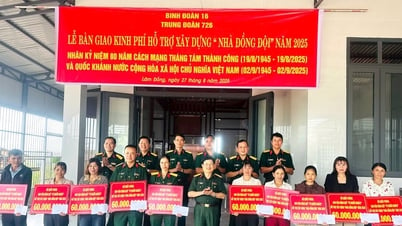
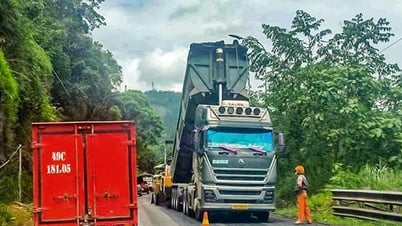
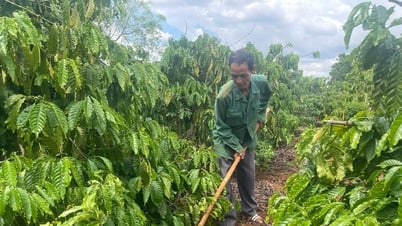


![[Photo] Parade blocks pass through Hang Khay-Trang Tien during the preliminary rehearsal](https://vphoto.vietnam.vn/thumb/1200x675/vietnam/resource/IMAGE/2025/8/27/456962fff72d40269327ac1d01426969)

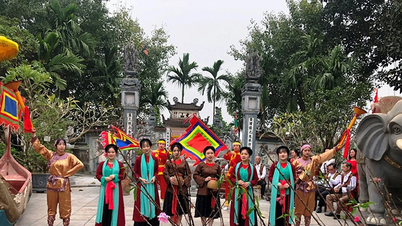



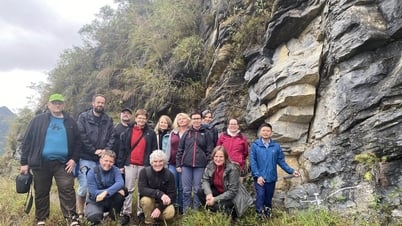

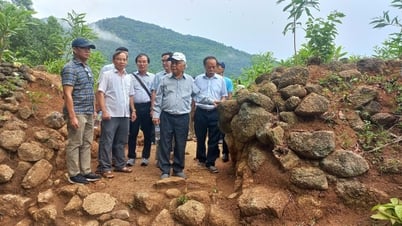
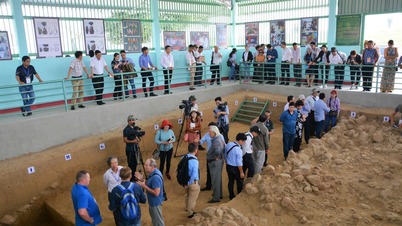

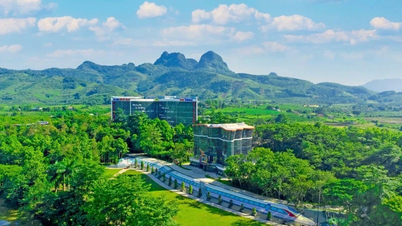











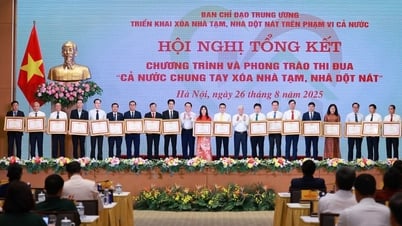



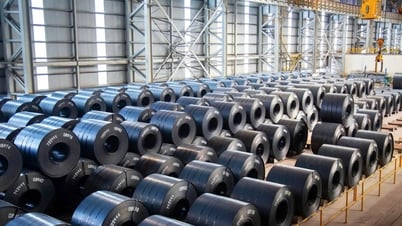

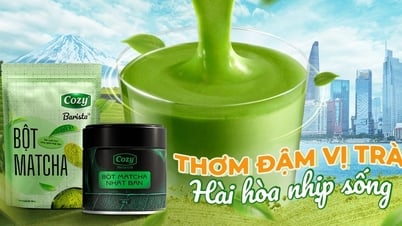
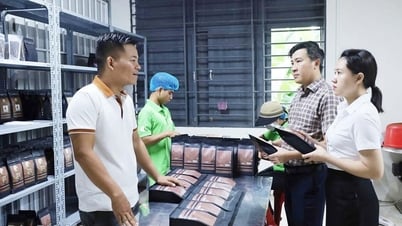













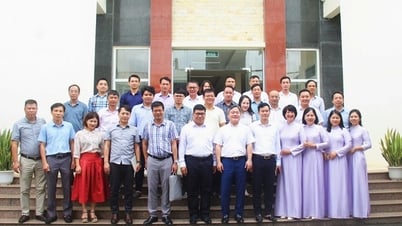

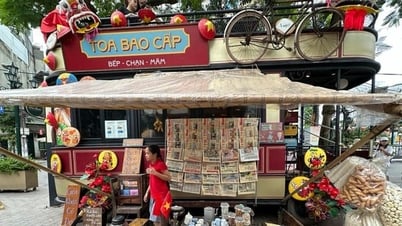
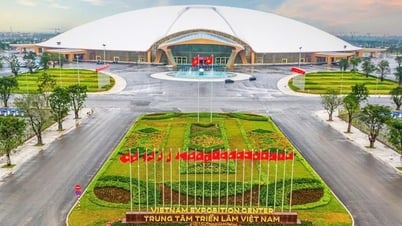
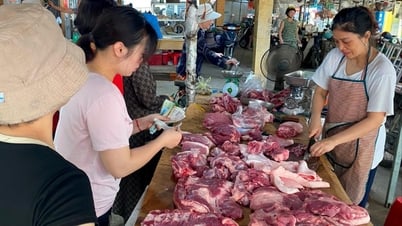
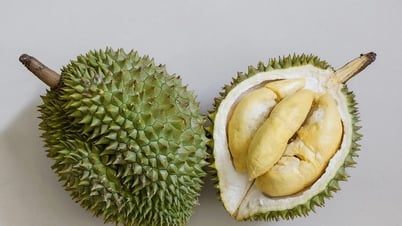





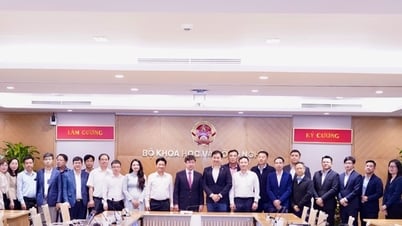


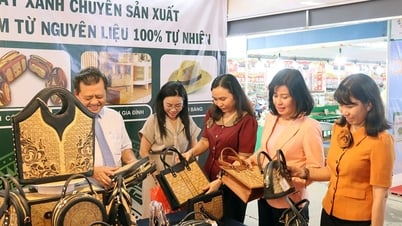






Comment (0)